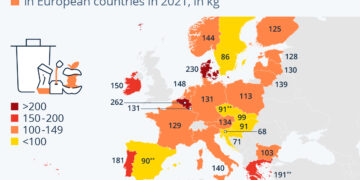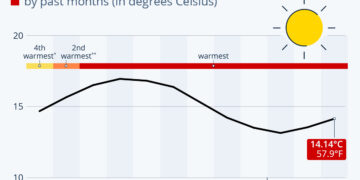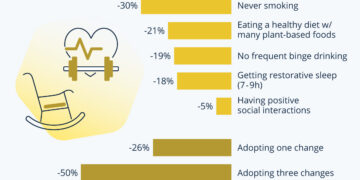The Nigeria Centre for Disease Control and Prevention (NCDC) has sounded the alarm on the escalating threat of Lassa fever in Nigeria, revealing that as of 11 February 2024, the country has recorded a staggering 411 confirmed cases and 72 fatalities from the disease.
In its latest Lassa Fever situation report for week six, the NCDC disclosed that these confirmed cases have emerged across 21 states and 78 Local Government Areas (LGAs) nationwide. Notably, a significant portion of these cases – 65% to be exact – have been concentrated in Ondo, Edo, and Bauchi, with the remaining 35% scattered across 17 other states.
Breaking down the numbers further, Ondo reported 24% of the confirmed cases, closely followed by Edo with 23% and Bauchi with 18%. Despite this alarming surge in cases, the report does offer a glimmer of hope, noting a decrease in suspected cases in 2024 compared to the same period last year, dropping from 8280 in 2023 to 2122 in 2024.
However, the battle against Lassa fever remains far from won. The report highlights a concerning uptick in new confirmed cases from 70 in epi week 5, 2024 to 83 in epi week six, 2024. These cases have been reported in several states, including Edo, Ondo, Taraba, Benue, Ebonyi, Bauchi, Kogi, Plateau, Cross River, Nasarawa, Rivers, and Lagos.
Tragically, the disease continues to exact a heavy toll on human lives, with 72 deaths reported so far in 2024, translating to a case fatality rate of 17.5%, only marginally lower than the CFR for the same period in 2023 (17.6%).
According to the NCDC, the most vulnerable age group affected by Lassa fever is 21-30 years, and there have been two new cases among health workers in the reporting week. In response to this grave public health threat, the National Lassa fever multi-partner, multi-sectoral Incident Management System has been activated to coordinate response efforts at all levels through the Emergency Operations Centre (EOC).
Lassa fever, caused by the Lassa virus, is an acute viral haemorrhagic fever endemic to West Africa, with the Mastomys natalensis rodent serving as its natural reservoir. The disease manifests with symptoms such as fever, headache, weakness, cough, nausea, vomiting, diarrhoea, muscle pains, and, in severe cases, bleeding from various body openings.
Early diagnosis and treatment are pivotal in improving patient outcomes, yet challenges such as poor environmental sanitation, inadequate awareness, and delayed presentation of cases continue to fuel the epidemic in Nigeria.
As the nation grapples with this ongoing health crisis, heightened vigilance, robust surveillance, and coordinated efforts across sectors are imperative in containing the spread of Lassa fever and safeguarding public health.




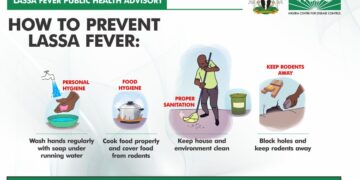

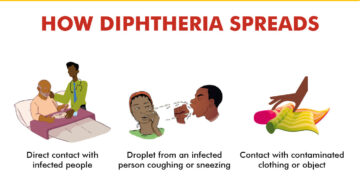





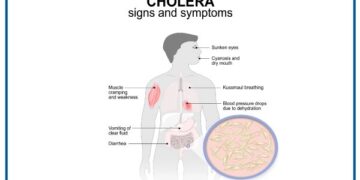

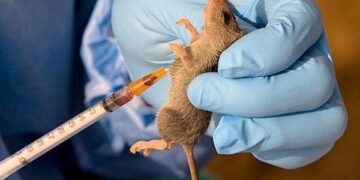



![Antimicrobial Resistance [AMR] in Hausa](https://healthtoday.com.ng/wp-content/uploads/2024/02/antimicrobial-resistance-AMR--360x180.jpeg)




